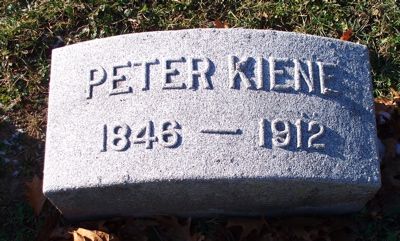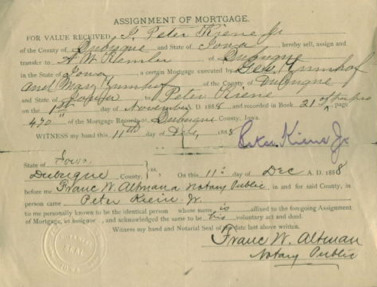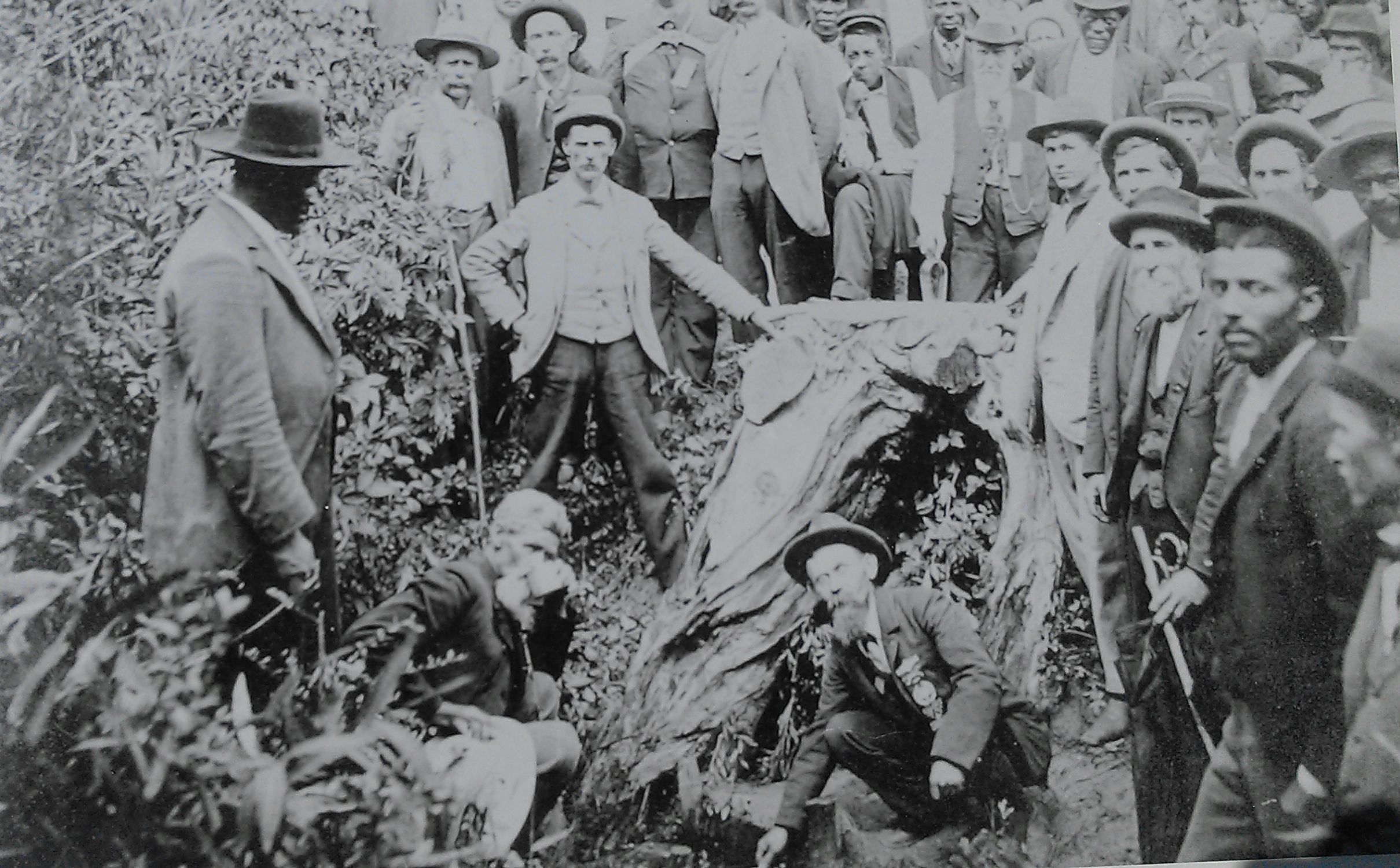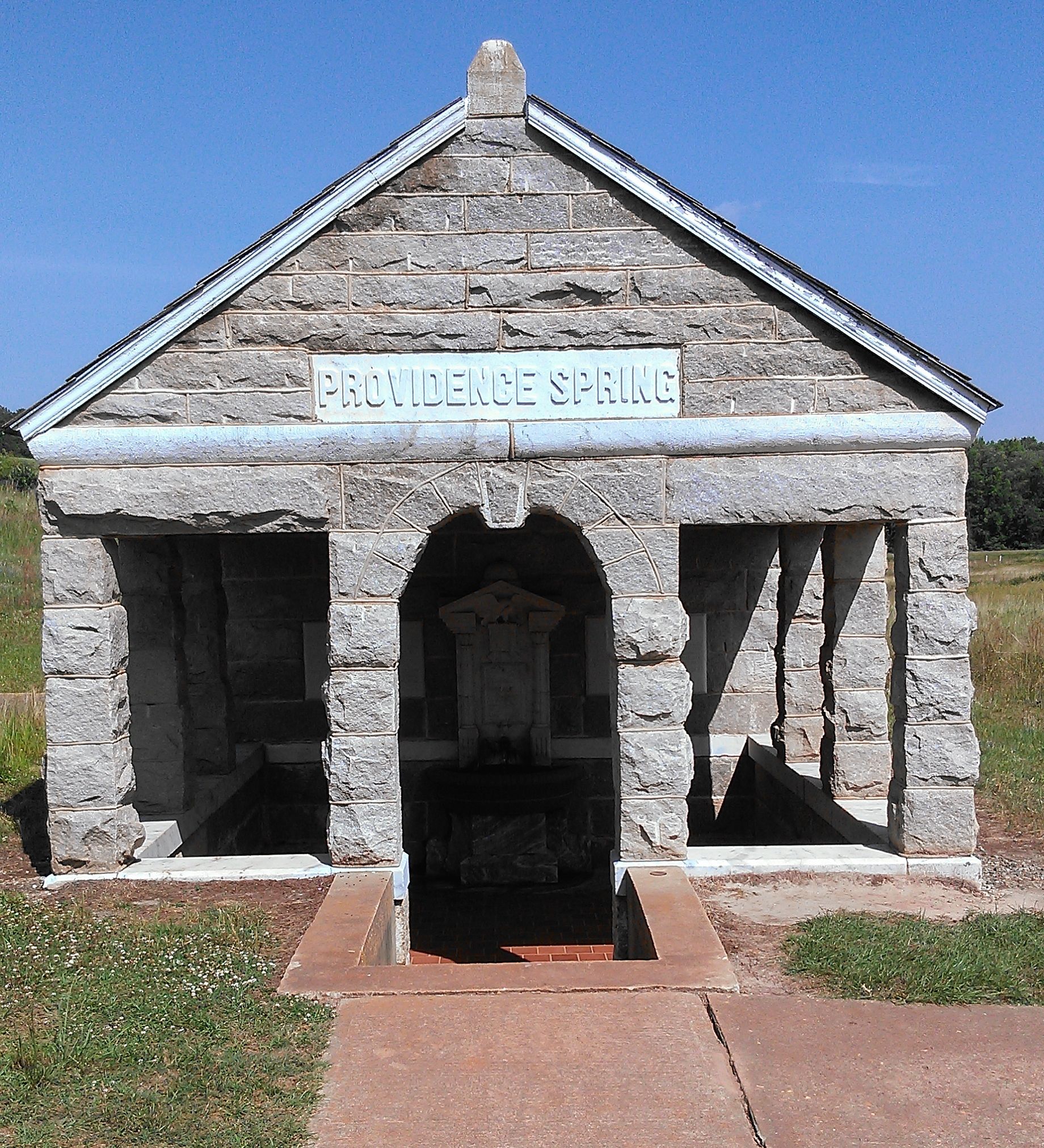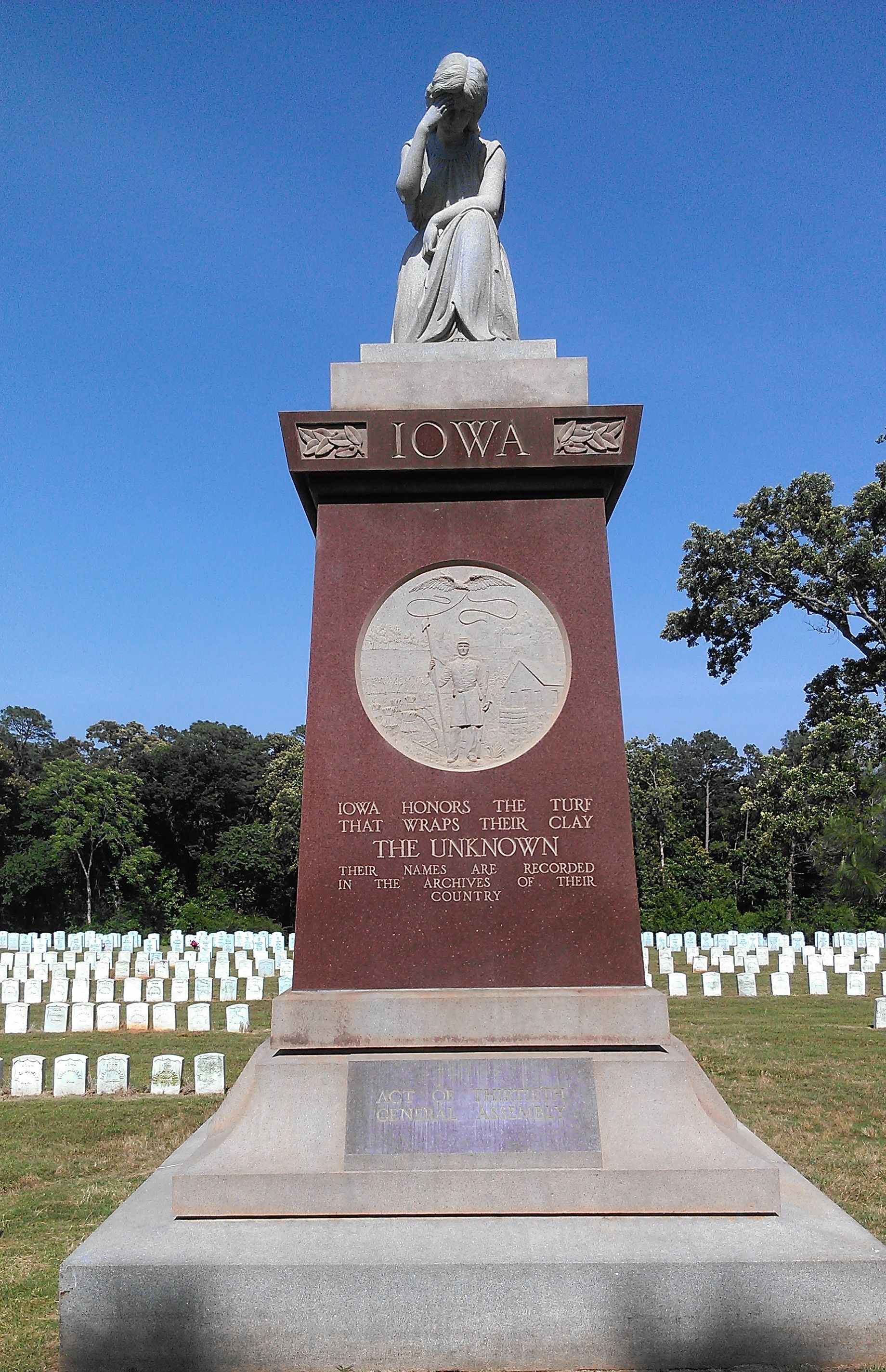Encyclopedia Dubuque
"Encyclopedia Dubuque is the online authority for all things Dubuque, written by the people who know the city best.”
Marshall Cohen—researcher and producer, CNN
Affiliated with the Local History Network of the State Historical Society of Iowa, and the Iowa Museum Association.
KIENE, Peter: Difference between revisions
No edit summary |
No edit summary |
||
| Line 1: | Line 1: | ||
[[Image:pkiene.jpg|left|thumb|250px|c. 1912. Photographer unknown, “[Peter Kiene seated at his desk],” Loras College Digital Collections, accessed April 12, 2014, https://digitalcollections.loras.edu/items/show/73.]] | [[Image:pkiene.jpg|left|thumb|250px|c. 1912. Photographer unknown, “[Peter Kiene seated at his desk],” Loras College Digital Collections, accessed April 12, 2014, https://digitalcollections.loras.edu/items/show/73.]] | ||
[[Image:kiene1846.jpg|left|thumb|250px|Headstone in Linwood Cemetery]]KIENE, Peter. (Dubuque, IA, Nov. 2, 1846--Dubuque, IA, Dec. 6, 1912). | [[Image:kiene1846.jpg|left|thumb|250px|Headstone in Linwood Cemetery]]KIENE, Peter. (Dubuque, IA, Nov. 2, 1846--Dubuque, IA, Dec. 6, 1912). Kiene's [[CIVIL WAR]] experience began at the age of fifteen with his enlistment in the Union Army in Company E, 16th Iowa. Wounded twice, Kiene was captured and imprisoned seven months at the notorious Andersonville prison and later in Libby Prison. The intervention of his father, [[KIENE, Peter Sr.|Peter KIENE, Sr.]] on behalf of a Confederate soldier held at Rock Island led to his son receiving special attention at a prison known for harsh conditions that lead to the death of many Union prisoners. | ||
Kiene's [[CIVIL WAR]] experience began at the age of fifteen with his enlistment in the Union Army in Company E, 16th Iowa. Wounded twice, Kiene was captured and imprisoned seven months at the notorious Andersonville prison and later in Libby Prison. The intervention of his father, [[KIENE, Peter Sr.|Peter KIENE, Sr.]] on behalf of a Confederate soldier held at Rock Island led to his son receiving special attention at a prison known for harsh conditions that lead to the death of many Union prisoners. | |||
[[Image:kiene.png|right|thumb|250px|Assignment of mortgage]] | [[Image:kiene.png|right|thumb|250px|Assignment of mortgage]] | ||
[[File:andersonvillea.jpeg|200px|thumb|left|Andersonville prison, officially named Camp Sumter, occupied 26.5 acres enclosed by a double palisade made of pine logs. A railing inside the stockade constituted a "deadline." Guards were ordered to shoot anyone who crossed the deadline. No shelter was furnished; men bought wooden poles for $1.50 and pooled their blankets to make tents. Water came from wells the prisoners dug and from the | [[File:andersonvillea.jpeg|200px|thumb|left|Andersonville prison, officially named Camp Sumter, occupied 26.5 acres enclosed by a double palisade made of pine logs. A railing inside the stockade constituted a "deadline." Guards were ordered to shoot anyone who crossed the deadline. No shelter was furnished; men bought wooden poles for $1.50 and pooled their blankets to make tents. Water came from wells the prisoners dug and from the stockade branch of Sweetwater Creek which ran through the center of the camp. Often latrines bordered the lower end and sewage from the guards' camp, outside the stockade, also emptied into it. Spread by flies and maggots, dysentery and scurvy resulted in a death rate of up to 130 men daily. Photo courtesy: National Park Service, Andersonville National Historic Site, Georgia]] | ||
[[File:andersonville3.jpg|200px|thumb|right|During a heavy rainstorm on August 14, 1864 a spring suddenly gushed from the hillside | [[File:andersonville3.jpg|200px|thumb|right|During a heavy rainstorm on August 14, 1864 a spring suddenly gushed from the hillside. Several men claimed lightning strike this spot just before the spring burst forth. Photo courtesy: National Park Service, Georgia]] | ||
[[File:andersonville4.jpg|200px|thumb|left|Location of spring which was running in 2014. Photo: Andersonville National Historic Site, May 28, 2014]] | [[File:andersonville4.jpg|200px|thumb|left|Location of spring which was running in 2014. Photo: Andersonville National Historic Site, May 28, 2014]] | ||
[[File:andersonville1.jpg|200px|thumb|right|Iowa monument at Andersonville. Photo: Andersonville National Historic Site, May 28, 2014]] | [[File:andersonville1.jpg|200px|thumb|right|Iowa monument at Andersonville. Photo: Andersonville National Historic Site, May 28, 2014]] | ||
Kiene, a director of [[FIRST NATIONAL BANK OF DUBUQUE]], was also a charter member of the Library Board, member of the board of directors of the Industrial Corporation, and president of the school board. | |||
[[Category: Business Leader]] | [[Category: Business Leader]] | ||
[[Category: Military]] | |||
Revision as of 16:53, 20 December 2015
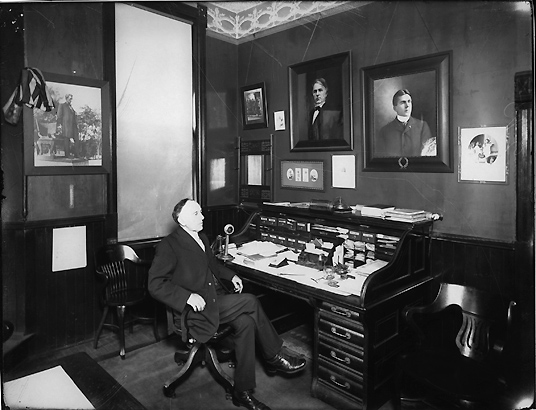
KIENE, Peter. (Dubuque, IA, Nov. 2, 1846--Dubuque, IA, Dec. 6, 1912). Kiene's CIVIL WAR experience began at the age of fifteen with his enlistment in the Union Army in Company E, 16th Iowa. Wounded twice, Kiene was captured and imprisoned seven months at the notorious Andersonville prison and later in Libby Prison. The intervention of his father, Peter KIENE, Sr. on behalf of a Confederate soldier held at Rock Island led to his son receiving special attention at a prison known for harsh conditions that lead to the death of many Union prisoners.

Kiene, a director of FIRST NATIONAL BANK OF DUBUQUE, was also a charter member of the Library Board, member of the board of directors of the Industrial Corporation, and president of the school board.


